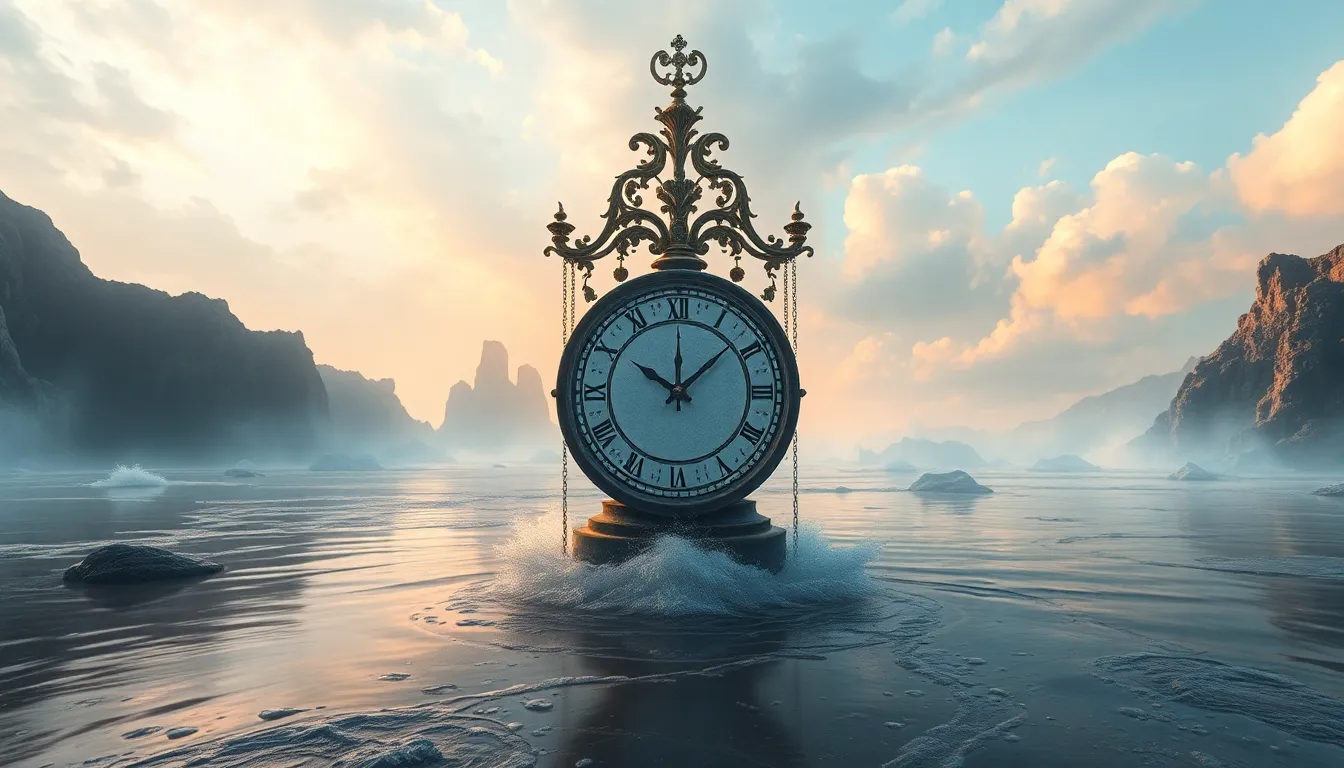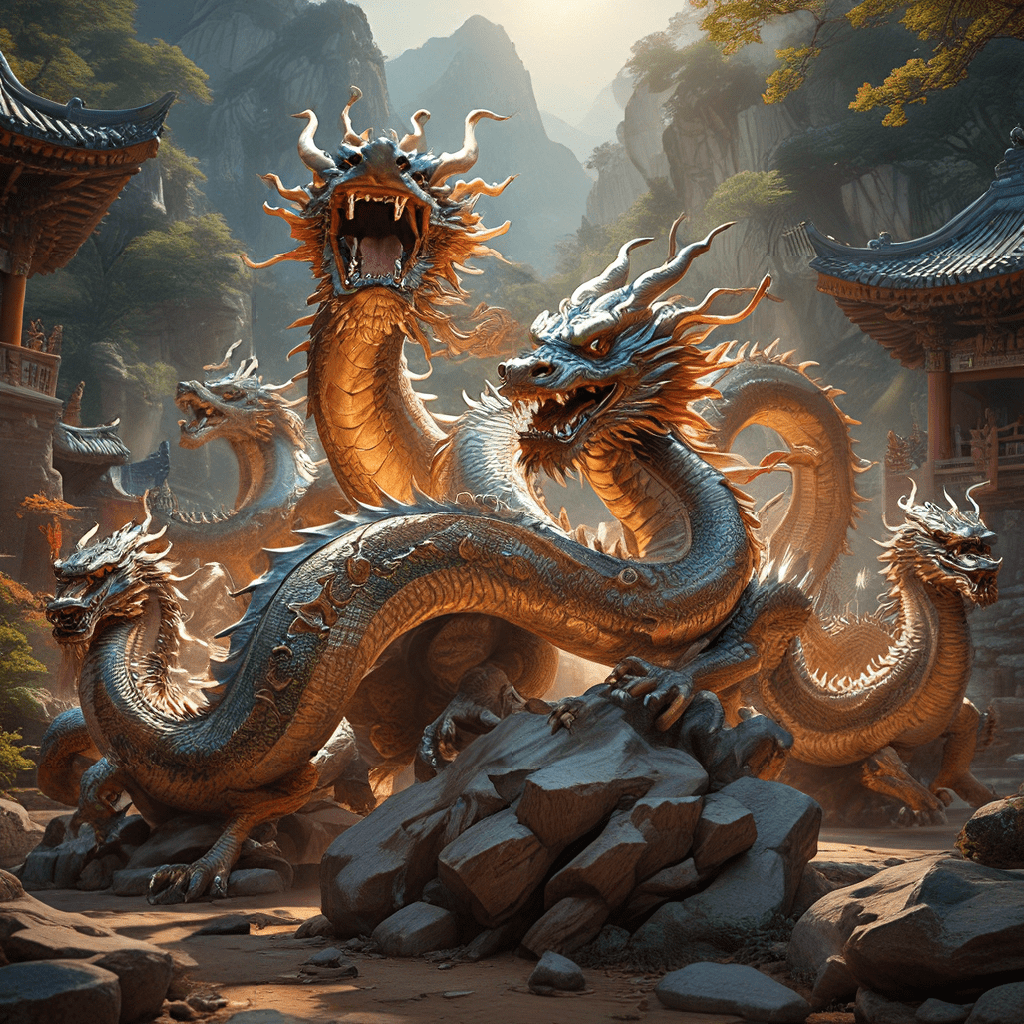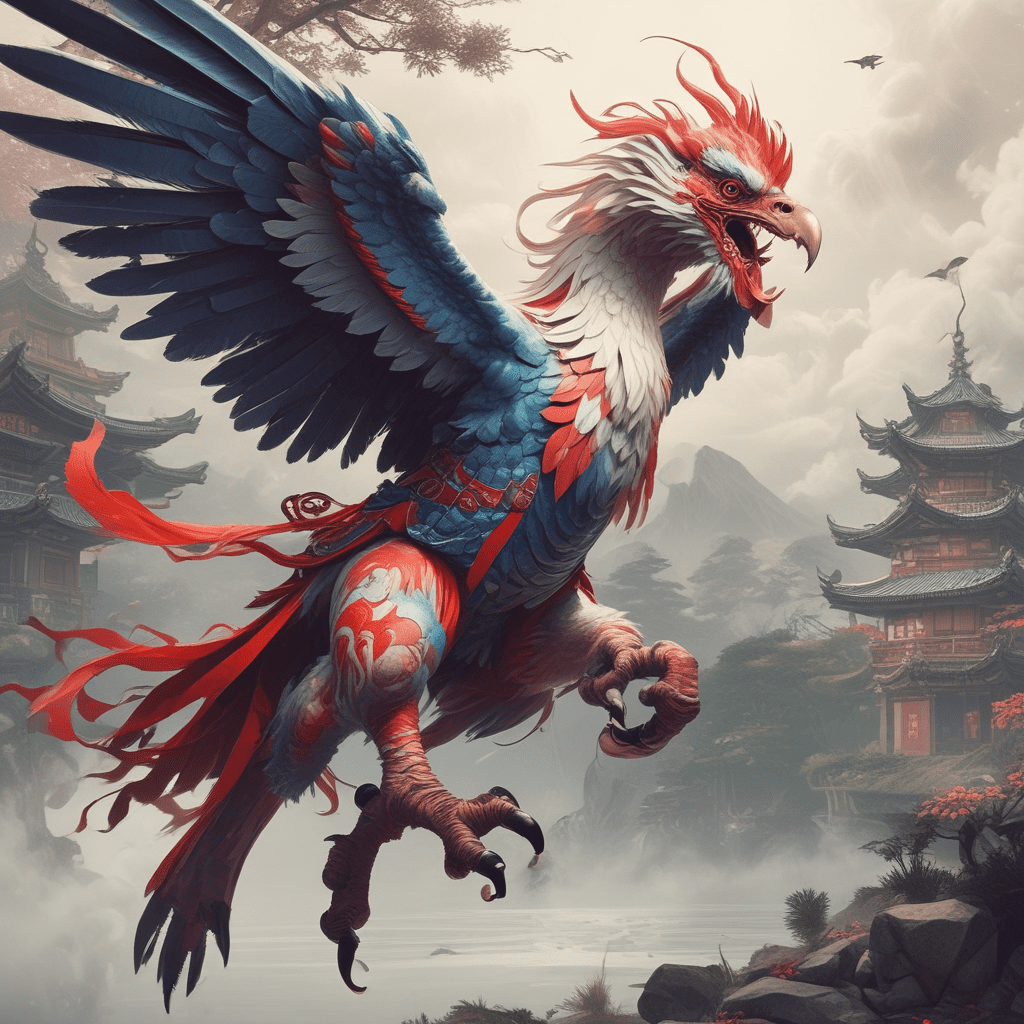The Role of Time in Flood Myths: Myths That Transcend Eras
I. Introduction
Flood myths are narratives that recount a great deluge that wipes out a significant portion of life on Earth, often as a consequence of divine intervention. These myths hold a significant place in various cultures, acting as a lens through which societies interpret their relationship with nature, morality, and survival. Flood myths are not merely tales of destruction; they reflect the beliefs, values, and historical contexts of the cultures from which they originate.
The concept of time plays a vital role in storytelling and mythology. Time can be linear, moving from past to present, or cyclical, where events recur in a repetitive cycle. This article aims to explore the interplay between time and flood myths across different cultures and eras, highlighting how these narratives have evolved and retained relevance throughout history.
II. Historical Context: The Emergence of Flood Myths
Flood myths have emerged from early civilizations facing environmental challenges, such as rising sea levels, catastrophic storms, and unpredictable rivers. These calamities often resulted in significant loss of life and land, leading to the creation of stories that sought to explain these phenomena.
The impact of natural disasters on myth formation is profound. For instance, communities that experienced devastating floods might create tales that justify these events as divine punishment or as a test of human virtue. Oral traditions have played a crucial role in preserving these narratives, ensuring that they are passed down through generations and adapted to the changing societal contexts.
III. Common Themes in Flood Myths Across Cultures
Across various cultures, several common themes can be identified in flood myths:
- Divine Retribution and Moral Lessons: Many flood myths depict the deluge as a punishment for humanity’s sins, emphasizing moral and ethical lessons.
- Water as Destruction and Rebirth: Water symbolizes both the destructive force of nature and the potential for renewal and rebirth, often represented by the survival of select individuals or species.
- Heroes and Survivors: Central figures in flood narratives often embody resilience and hope, serving as archetypes of survival and moral fortitude.
IV. Time as a Narrative Device in Flood Myths
Time serves as a crucial narrative device in flood myths, influencing both their structure and interpretation:
- Chronological Structure: Flood myths can be framed in linear time, recounting events in a straightforward manner, or in cyclical time, reflecting the belief that such disasters may recur.
- The “Great Flood” as a Temporal Marker: The great flood often serves as a significant temporal reference point, marking a before and after in the mythological timeline.
- Interpretation Over Generations: The passage of time influences how these myths are interpreted, with new meanings emerging as cultures evolve and face contemporary challenges.
V. Comparative Analysis: Prominent Flood Myths from Different Cultures
Several prominent flood myths from different cultures highlight the universal themes and variations in narrative:
- The Epic of Gilgamesh: This ancient Sumerian text features a flood narrative where the hero Utnapishtim is warned by the god Ea to build a boat to survive a divine flood.
- Noah’s Ark: In the biblical account, Noah is instructed by God to build an ark to save his family and pairs of animals from a flood sent to cleanse the Earth of its wickedness.
- The Hindu Tale of Manu: In this myth, Manu is warned by the fish incarnation of the god Vishnu about an impending flood and builds a boat to preserve life.
- Indigenous Flood Myths: Many indigenous cultures in North America and Oceania have their own flood narratives, often reflecting their unique environments and spiritual beliefs.
VI. The Role of Time in the Evolution of Flood Myths
As societies change, so too do their flood myths:
- Adaptation to Contemporary Values: Flood myths are often retold to reflect modern societal values, addressing issues such as environmentalism and social justice.
- Influence of Historical Events: Retellings of flood stories may incorporate historical events, such as natural disasters or social upheavals, reshaping the narrative to fit current contexts.
- Impact of Climate Change: Modern interpretations of flood myths increasingly focus on climate change, framing these ancient stories as cautionary tales for contemporary society.
VII. Psychological and Sociological Perspectives on Flood Myths
Flood myths also provide psychological and sociological insights:
- Collective Memory: These myths shape collective memory, influencing how communities remember past events and their responses to disasters.
- Human Fears and Anxieties: Flood narratives often reflect deep-seated fears about nature’s power and humanity’s vulnerability, serving as a means of coping with these anxieties.
- Societal Resilience: The themes of survival and rebirth in flood myths can foster a sense of resilience and hope within communities facing adversity.
VIII. The Influence of Technology and Media on Flood Mythology
In the modern age, technology and media have transformed the way flood myths are perceived and shared:
- Literature and Film: Contemporary literature and films often reinterpret ancient flood myths, adding layers of meaning and relevance to current audiences.
- Social Media: Social media platforms enable the rapid dissemination of flood narratives, allowing for interactive engagement and reinterpretation by global audiences.
- Blurring Myth and Reality: In the information age, the lines between myth and reality can become blurred, leading to new interpretations and understandings of these age-old stories.
IX. Case Studies: Modern Retellings of Ancient Flood Myths
Modern retellings of ancient flood myths serve as powerful examples of how these narratives continue to resonate:
- Graphic Novels: Works like “The Underwater Welder” explore themes of loss and rebirth through a contemporary lens.
- Films: Movies such as “2012” and “Noah” reinterpret age-old flood narratives, making them relevant to contemporary audiences while addressing current societal fears.
- Literary Adaptations: Authors such as Margaret Atwood in “Oryx and Crake” weave flood myth elements into dystopian narratives, reflecting modern environmental concerns.
In conclusion, flood myths are not only reflections of ancient cultures but also dynamic narratives that continue to evolve with time. They offer insights into human nature, societal values, and our relationship with the environment. As we face contemporary challenges, these timeless stories remind us of the enduring power of myth and the lessons they impart across generations.



